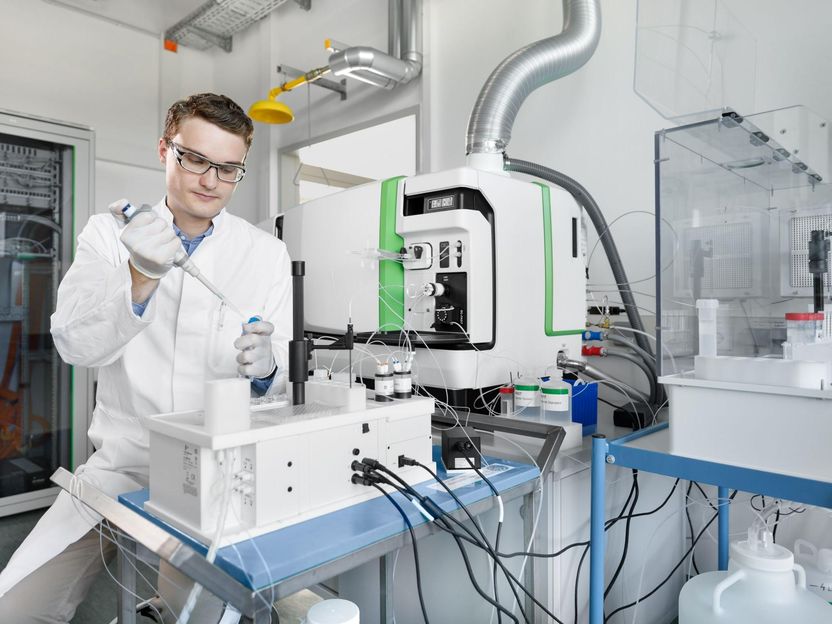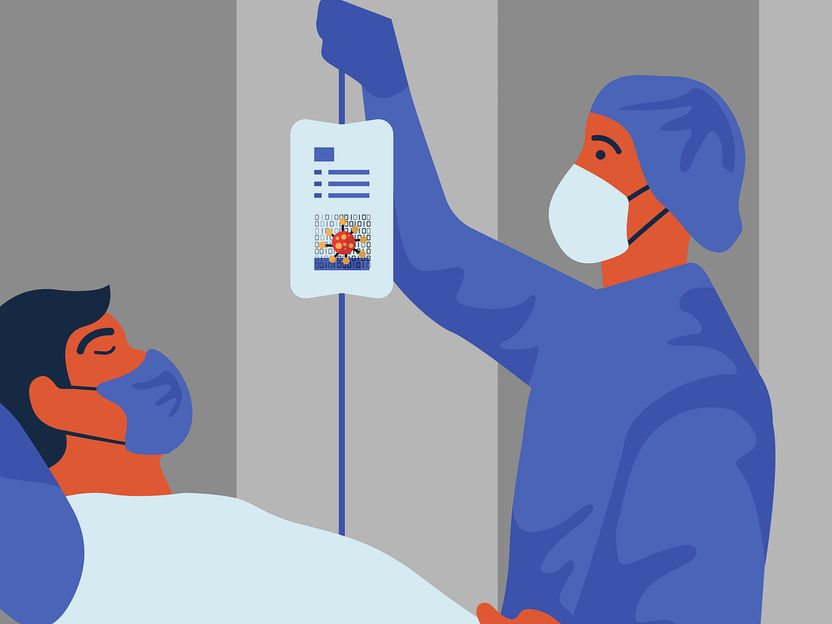Can coffee improve memory?
Findings suggest the efficacy of Trigonelline derived from coffee in preventing and improving age-related spatial learning memory impairment
The search for functional natural compounds that can improve age-related cognitive decline has recently emerged as an important research focus to promote healthy aging. Trigonelline (TG), a plant alkaloid found in coffee, as well as in fenugreek seed and radish, was anticipated to possess cognitive enhancement properties. In this study, researchers led by the University of Tsukuba investigated the effects of TG on memory and spatial learning (acquiring, retaining, structuring, and applying information related to the surrounding physical environment) from both a cognitive and molecular biology perspective in an integrated manner using a senescence-accelerated mouse prone 8 (SAMP8) model.
Following oral administration of TG to SAMP8 mice for 30 days, the Morris water maze test indicated a significant improvement in spatial learning and memory performance compared with SAMP8 mice that did not receive TG. Next, the researchers performed whole-genome transcriptomic analysis of the hippocampus to explore the underlying molecular mechanisms. They found that signaling pathways related to nervous system development, mitochondrial function, ATP synthesis, inflammation, autophagy, and neurotransmitter release were significantly modulated in the TG group. Furthermore, the research team found that TG suppressed neuroinflammation by negatively regulating signaling factor Traf6-mediated activation of the transcription factor NF-κB. Additionally, quantitative protein analysis confirmed that the levels of inflammatory cytokines TNF-α and IL-6 were significantly decreased and the levels of neurotransmitters dopamine, noradrenaline, and serotonin were significantly increased in the hippocampus. These findings suggest the efficacy of TG in preventing and improving age-related spatial learning memory impairment.
Original publication
Sharmin Aktar, Farhana Ferdousi, Shinji Kondo, Tamami Kagawa, Hiroko Isoda; "Transcriptomics and biochemical evidence of trigonelline ameliorating learning and memory decline in the senescence-accelerated mouse prone 8 (SAMP8) model by suppressing proinflammatory cytokines and elevating neurotransmitter release"; GeroScience, 2023-9-18
Most read news
Original publication
Sharmin Aktar, Farhana Ferdousi, Shinji Kondo, Tamami Kagawa, Hiroko Isoda; "Transcriptomics and biochemical evidence of trigonelline ameliorating learning and memory decline in the senescence-accelerated mouse prone 8 (SAMP8) model by suppressing proinflammatory cytokines and elevating neurotransmitter release"; GeroScience, 2023-9-18
Organizations
Other news from the department science

Get the life science industry in your inbox
By submitting this form you agree that LUMITOS AG will send you the newsletter(s) selected above by email. Your data will not be passed on to third parties. Your data will be stored and processed in accordance with our data protection regulations. LUMITOS may contact you by email for the purpose of advertising or market and opinion surveys. You can revoke your consent at any time without giving reasons to LUMITOS AG, Ernst-Augustin-Str. 2, 12489 Berlin, Germany or by e-mail at revoke@lumitos.com with effect for the future. In addition, each email contains a link to unsubscribe from the corresponding newsletter.
Most read news
More news from our other portals
Last viewed contents
George_R._Price
EPA to Grant Merck’s Patent Application for CRISPR Technology - Related patent application recently awarded in Australia

Coffee drinking is associated with increased longevity - "It is likely that the non-caffeinated compounds were responsible for the positive relationships observed between coffee drinking, cardiovascular disease and survival"
List_of_subjects_in_Gray's_Anatomy:_I._Embryology
Darwin's_finches

Tracking down satiety mechanisms in the stomach - Bitter protein fragments stimulate gastric acid secretion
Category:Gynecologists
Health_association
Canadian_Diabetes_Association
Thomas_H._Jukes
Category:Rickettsiales























































